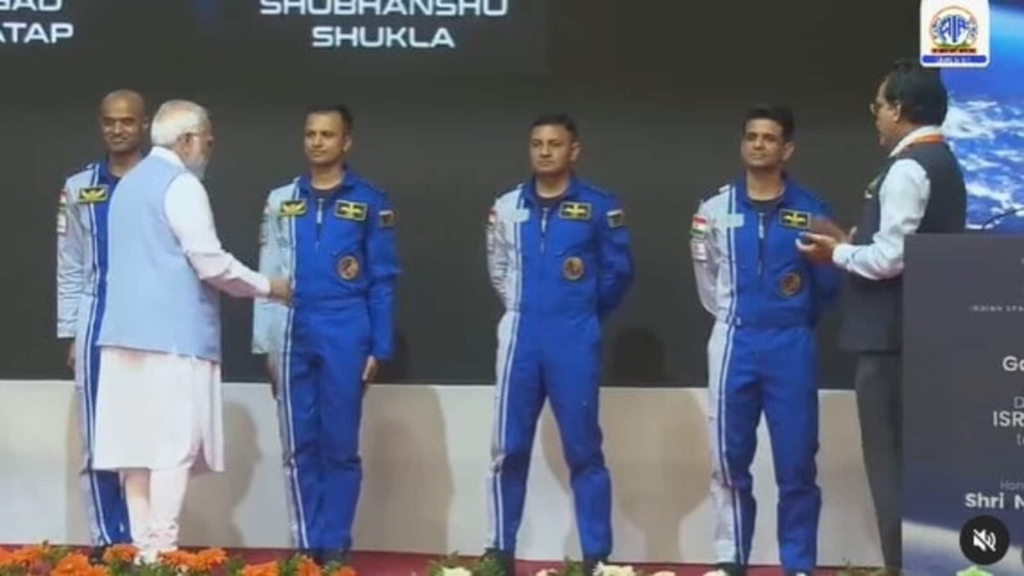Four decades after Rakesh Sharma reached space aboard the Soviet spacecraft Soyuz T-11, Gaganyaan, India’s maiden crewed space mission, is a step closer to lift-off. Ironically, a human space flight target for the Indian space programme has been questioned since its initial stages. Often cited is Vikram Sarabhai’s statement in the 1960s that India doesn’t harbour “the fantasy” of competing with rich nations in space exploration, and that its space programme’s goals were fundamentally Earth-bound and utilitarian, focusing on deploying technology to address “real problems of society”.
Four decades after Rakesh Sharma reached space aboard the Soviet spacecraft Soyuz T-11, Gaganyaan, India’s maiden crewed space mission, is a step closer to lift-off. Ironically, a human space flight target for the Indian space programme has been questioned since its initial stages. Often cited is Vikram Sarabhai’s statement in the 1960s that India doesn’t harbour “the fantasy” of competing with rich nations in space exploration, and that its space programme’s goals were fundamentally Earth-bound and utilitarian, focusing on deploying technology to address “real problems of society”.
Sarabhai’s brief, though, has long been met. The Indian Space Research Organisation (Isro) has demonstrated its prowess in most space applications, from meteorology to communications to remote sensing and navigation. This makes space exploration and manned flight the next logical step forward — driven as much by the need to build this capability to meet future requirements across domains as by nationalistic pride. India’s Mars Orbiter and lunar landing missions made for an impressive start, though the US and the erstwhile USSR did this successfully decades earlier.
Signatories of the Outer Space Treaty of 1967, which forbade commercial exploitation of resources outside Earth, are gradually walking away from the agreement. The focus now is on arrangements that prop the interests of these powers. The US’s Artemis Accords paves the way for commercial exploitation of the Moon. China and Russia on the other hand are planning to make their International Lunar Research Station functional by 2036. India signed the Artemis Accords last year, but it is not difficult to envisage a situation where it is every nation for itself. Against such a backdrop, India can’t be diffident in developing capabilities across space domains.
Continue reading with HT Premium Subscription
Daily E Paper I Premium Articles I Brunch E Magazine I Daily Infographics


